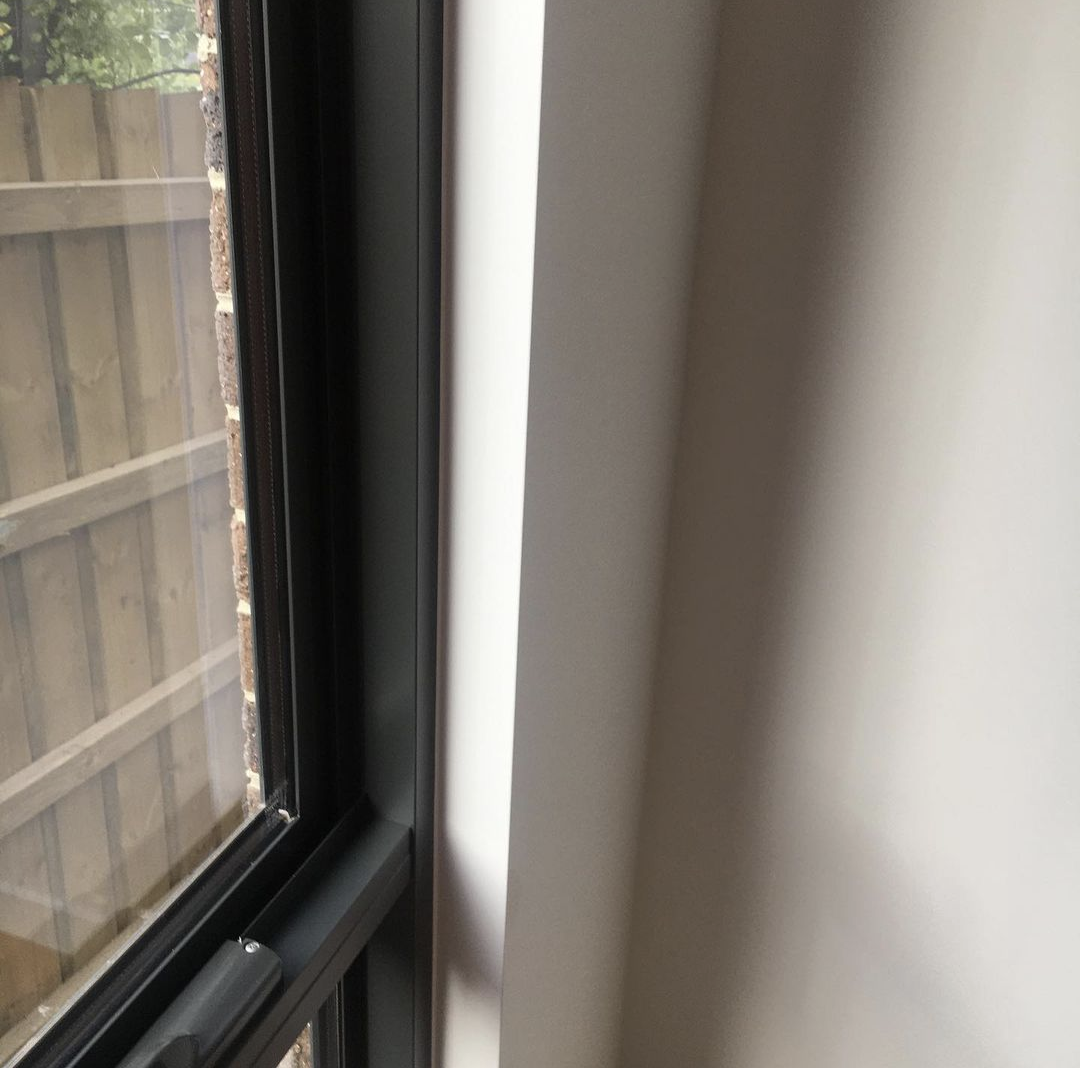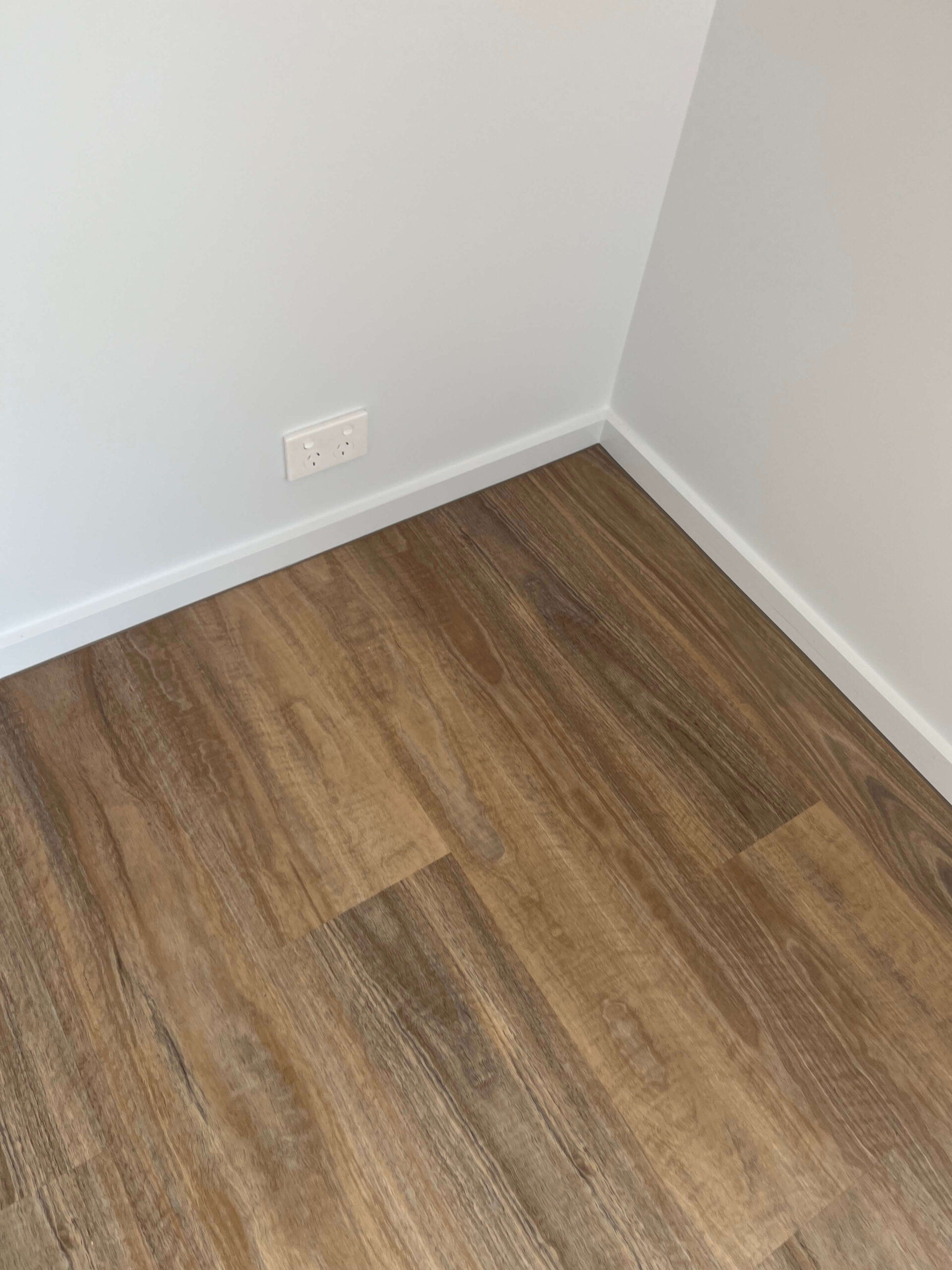
Swimming pools, particularly those built in areas prone to ground movement, have expansion joints designed to hold the pool in place as the earth changes and moves. Pool caulking is used to cover the gaps between the pool walls and the deck. This caulking will help the pool move and shift with the Earth.
Pool caulking should be replaced as needed as part of routine pool maintenance. You should always inspect the caulk. Failure to do so permits water to enter the expansion joint and go behind the pool’s walls. This can cause the ground to shift even more and harm the pool walls over time. This area should always be protected by caulk. However, over time this caulk will get old and start to degrade. It will start to show signs of aging and wear and tear.
When aging starts to show, it is time to remove the caulk to start fresh. By using a shop vacuum or broom along the pool’s expansion joint to clean it out. Scrape out any remaining caulking with a putty knife. Before you start, be sure that the joint is completely dry.
Re-Caulking the Pool
Once you have pried all the caulking up from the expansion joint, it is time to replace the caulked area.
With a utility knife, cut a foam backer rod to fit the crack left behind after you have cleared away the old caulk. To ensure effective compacting, the backer rod should be somewhat larger than the junction. If the expansion joint is not consistent in size, use the largest size required for your pool, then shave the edges of the backer rod using a utility knife to fit in smaller joints. Start by placing the backer rod firmly into the expansion joint. This will fill up the gap without using excessive caulk, ensuring that your joints will last. Because foam backer rod is significantly less expensive than caulk, this is also the more cost-effective method.
Apply masking tape to both sides of the expansion joint to produce a clean edge. This step will add a little time but will have your caulk looking amazing when complete. Next, fill a caulk gun with a joint sealant that is self-leveling. With a utility knife, cut the tip of the sealant tube. Using the caulk gun, apply a bead caulk along the joint. Sealant should be applied to a depth of 1/2 to 3/8 inch. Remove the masking tape from the joint’s edges, revealing the new caulk joints. Allow the sealant to dry according to the package instructions.
Conclusion
It is important that you remove all of the old sealants from the joints before applying the new to give the new a fresh seal. When old remnants remain, this can cause cracks or breaks in the seal that will defeat the purpose of applying new. Take your time when removing. You may need a utility knife for scraping and wiping down all the surfaces when done to ensure everything has been taken care of.
For all your Pool caulking needs. Get in touch today
Check out our article on How long does it take for caulking to dry.




